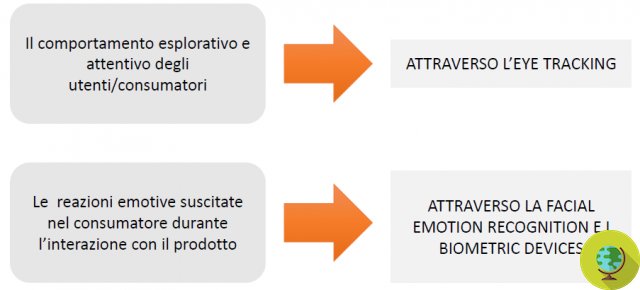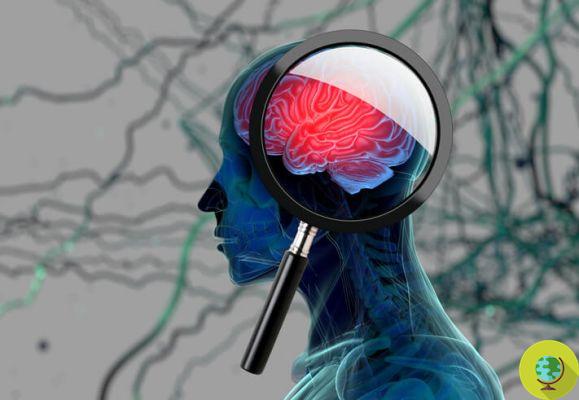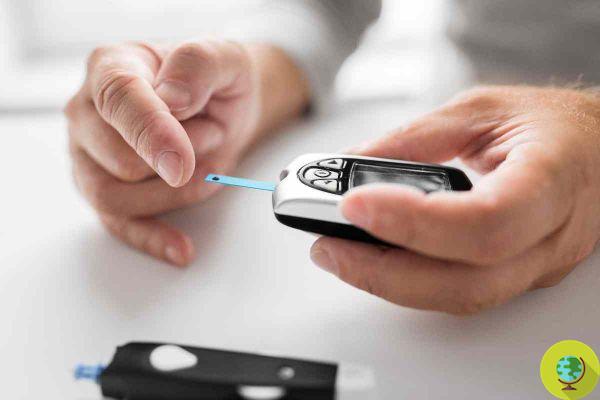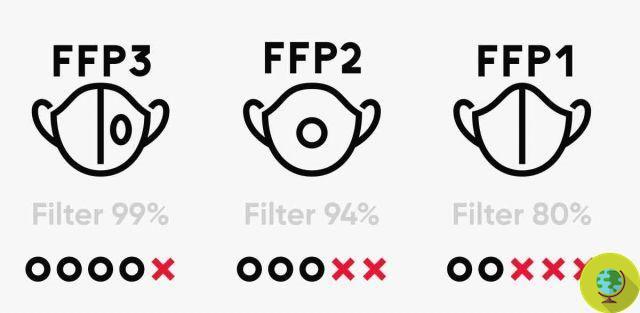
An American psychologist, Richard Davidson, has identified 6 emotional styles, thanks to which it would be possible to measure emotions at the brain level ...
Don't store avocado like this: it's dangerousWe try to hold them back, we whip them out, we live them intensely or we pretend not to hear them, yet the emotions are there and have a reflection on our brain. Now, thanks to Professor Richard Davidson we have new tools or better parameters to "measure" them.
Davidson, professor of psychology and psychiatry to the University of Wisconsin Madison, has in fact identified 6 main emotional styles. This term refers to the way in which an individual responds to different situations in life that arouse small or large emotions. Precisely these emotional styles would be some of the parameters to be kept in mind in order to identify emotions in the brain.
In the new book, co-written with Sharon Begley, entitled "the emotional life of the brain”, Davidson individual 6 main emotional styles:
- Resilience: that is the long or short time it takes us to recover after an event with all the resulting emotions. The tests carried out by the American psychologist have shown how the tendency to blink with the eyelids is a sign of difficulty in getting rid of negative emotions, a sign that remains until the experience is overcome and metabolized on an emotional level.
- Prospect: that is, the ability to keep one's emotions stable over time, which is advantageous for those who are always positive, a little less for those who tend to “wrap themselves up” on negative thoughts. To evaluate this aspect, brain circuits have been identified in the laboratory that activate and remain operational as long as positive emotions are felt.
- Social insight: it is that particular gift thanks to which we are able to understand something of the thoughts and above all of the state of mind of those in front of us thanks to the so-called "non-verbal clues". This cerebral intuition involves the activation of a specific part of the amygdala and the visual cortex.
- Self-awareness: or the ability to know how to read one's emotions within oneself. This was measured by evaluating people's sensitivity to their own internal physiological signals, specifically with respect to the perception of their heartbeat.
- Sensitivity to the context: that is, the ability to know how to behave appropriately or not in a situation, recognizing what is allowed to be done and what is not. Through a functional magnetic resonance, the researchers analyzed the hippocampus area, responsible, according to Davidson, for our ability to adapt to the context.
- Caution: that is, the ability to remain focused even in the event of external stimuli. Each person has a different threshold of distraction depending on the emotional content of the incoming stimulus. “In the laboratory we start from a perceptual phenomenon that takes the name of attentional blink - underlines the psychologist - literally wink of attention: when a stimulus captures our attention, in the next split second we are unable to perceive other stimuli. There is a simple test to measure the duration of this very short interval of blindness or temporary deafness to stimuli ".
Read also:
- 10 foods that make us less intelligent
- 10 benefits of a hug


























